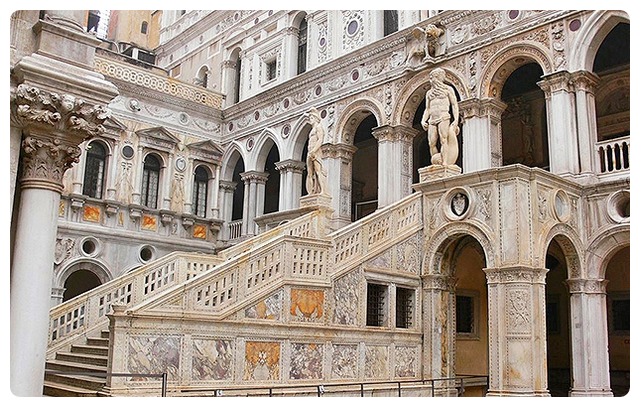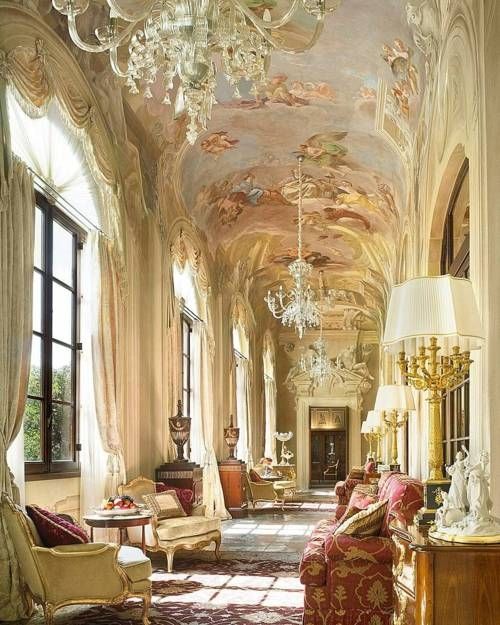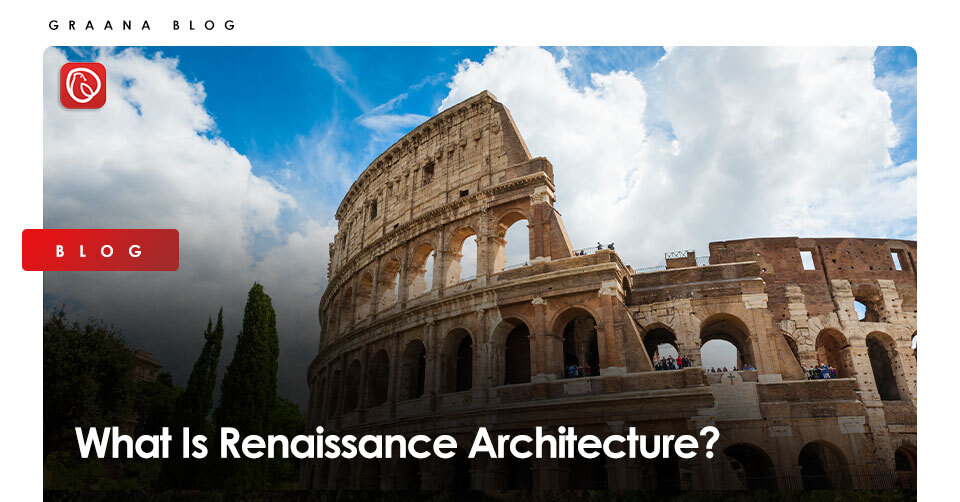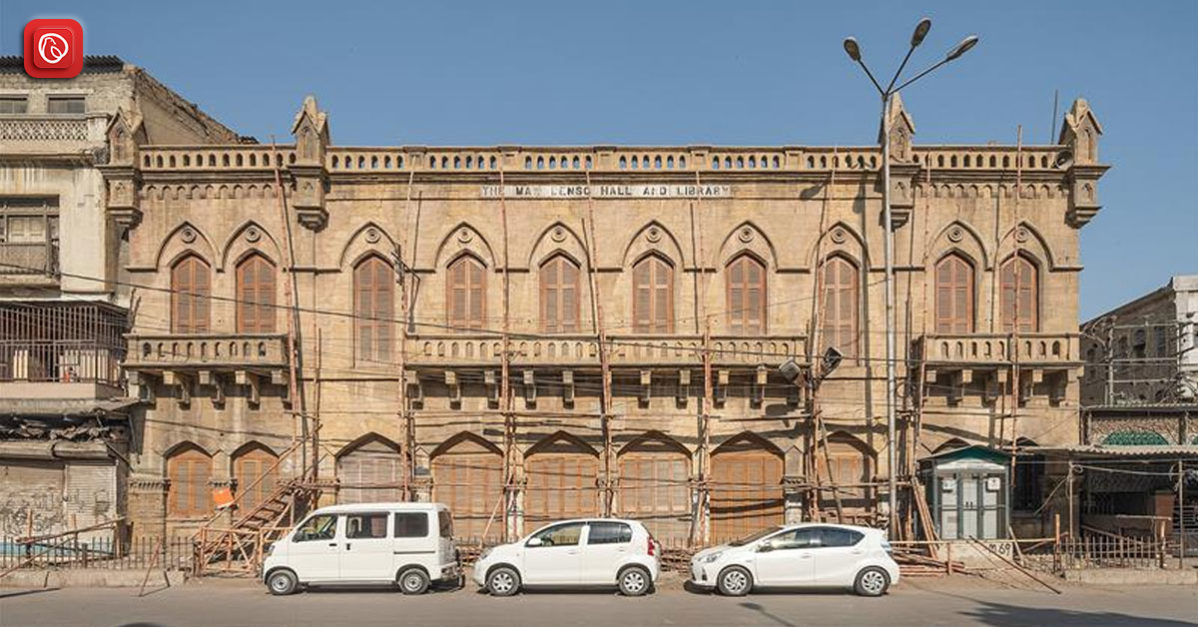Renaissance architecture is an architectural style that first appeared in Florence, Italy, in the early 15th century. It replaced the prevailing Gothic medieval aesthetic with a rebirth of ancient Greek and Roman Classical architectural styles. It is the prominent style of building that arose in Florence and extended throughout Europe over the next two decades.

This great architectural movement produced some of the world’s most valued monuments to civilization, marked by a resurrection of ancient Classical forms. Graana.com, the smartest real estate portal, brings you all you need to know about Renaissance architecture.
The Renaissance lasted two centuries and produced multi-disciplinary giants such as Leonardo da Vinci and Michelangelo. It left an enduring cultural impact, making it one of the most transformative periods in Western history. The Renaissance architecture re-established Western art according to the ideas of classical Greek art, particularly Greek sculpture and painting, which laid the groundwork for the Grand Tour and went unchallenged until Pablo Picasso and Cubism.
Italian artists and philosophers were inspired by the concepts and forms of ancient Greece and Rome starting in the early 14th century, in their search for a new set of creative values and a response to the courtly International Gothic style. This matched their aim to produce Renaissance architecture, a universal, even noble, form of art that could convey the changing vibe of the evolving periods.
Philosophy of Humanism
The concept of “Humanism,” which had been the foundation for many of pagan ancient Greece’s triumphs drove the Renaissance architecture. Humanism placed a premium on the dignity and worth of the individual over religious and secular doctrines. A humanist viewpoint on architecture is combined with a focus on classical concepts of beauty based on proportion and symmetry.
History
The Renaissance left an enduring cultural impact, making it one of the most revolutionary eras in Western history. Renaissance architecture emerged from the rebirth of classicism in Florence, Italy, and spread throughout Italy and then Europe over the next 200 years. Ancient Greco-Roman ruins and early structures such as the Pantheon and the Colosseum in Rome, as well as the writings of Roman architect Marcus Vitruvius Pollio (80 BC-15 BC), which were published in 1486, were all sources of inspiration for Renaissance architects in Italy.
Instead of re-creating the past, Renaissance architects tried to combine classical components to create new structures that were steeped in history but adaptable to the modern world and urban development.
Early Renaissance architecture began around 1400 when builders began to look to antiquity for inspiration and reintroduce Classical Roman and Greek elements such as arches, columns, and domes into buildings. The symmetrical façade and clean, streamlined dimensions of early Renaissance structures indicated a departure from the more complicated Gothic aspects that preceded them. Renaissance architecture superseded the old gothic style.
Renaissance architecture was a developing movement that may be classified into three stages today: Early in 1400 when classical concepts were initially tentatively reused, High in 1500 with the full-blooded resurgence of classicism, and the late Renaissance period from 1520 when architecture became much more ornamental and the reuse of classical themes became increasingly imaginative.
What are the basic characteristics of renaissance architecture?
Renaissance architects discovered a balance between human proportions and architectural forms. This attention to proportion resulted in clear, understandable space and mass, differentiating Renaissance art from the more convoluted Gothic art.
Renaissance architecture characterizes classical components such as domes, columns, pilasters, lintels, arches, and pediments used systematically and repetitively. These were used to meet the particular requirements at that time. Doric, Ionic, Corinthian, Tuscan, and Composite orders of Roman columns are used in renaissance architecture.
Renaissance architecture features geometry in the classical sense and symmetrical building layouts. Ashlar masonry was commonly used on the exteriors. The emphasis on letting in air and light in early Renaissance buildings was also a homage to the emergence of Renaissance ideals and philosophy.
Despite the fact that most people identify columns with ancient Greek or Roman temples, they are also a prominent feature of Renaissance architecture. Most Renaissance building plans incorporate the circle and square into their designs. This not only assures a solid foundation for the building but also adds aesthetic value to the design by bringing the plan into balance. Because most of the façades are an interplay of circles, squares, and triangles, the usage of geometrical shapes in plans can also be seen in the façades of Renaissance architecture.
Renaissance architecture features vibrantly painted interiors in most of the buildings. Frescoes are frequently connected with Renaissance architecture due to advancements in both materials and methods.
The availability of illustrated literature on the subject, which contributed to the transmission of ideas throughout Europe and beyond, is another distinctive feature of Renaissance architecture. The Renaissance style was widely mixed with local customs in many countries, and from the 17th century forward, the ornately decorated Baroque style eventually challenged it.

Renaissance architecture was no doubt a revolutionary period in the history of architecture. We see great architectural marvels that came out of this era today that are not just buildings but have stories to tell. The Renaissance helps us visualize the power of looking at history for inspiration. Renaissance architecture had a significant impact on building design and it still plays a great role to date. It is still studied by architects all over the world.




